As I prepared to do this, my final project for my three summer classes, I was stuck. These classes have been exhilarating, challenging, and rewarding. Sometimes there were tears, both frustrated and proud.
Today I created something wonderful and hoped that the excitement from that would fuel me through this post. It didn’t. The hard part is that after so many weeks of pushing myself so hard, my brain was stuck.
So I looked at Twitter, read some news, looked at the ceiling. Nothing. One of
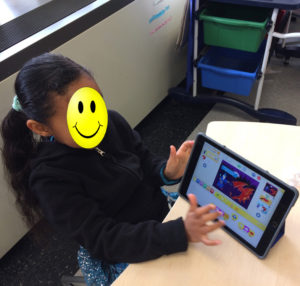
First-graders love coding using ScratchJr
my objectives for the assignment was to apply Warren Berger’s Why, What If, and How questioning methodology from A More Beautiful Question (Berger, 2016) to my own practice. So I eventually, begrudgingly started with that.
I began with creating a list of Why questions related to my teaching. I teach Project Lead The Way (PLTW) to students K-5 in two schools. I teach engineering concepts to all my students and coding to all my students except my kindergarteners.
Unsticking the Lid
As soon as I started asking questions, my imagination took flight. As Frances Peavey once said, a good question is like “a lever used to pry open the stuck lid on a paint can,” (Berger, 2016, p. 15). That was it! I simply needed to start asking questions and I was unstuck, just like the lid of the paint can.
As Berger suggests, I started by asking Why questions. If we’re paying attention, we ask Why when we encounter a suboptimal situation (Berger, 2016). Although I love my job and most of my students enjoy my classes, there are some who just don’t. Those students led me to ask:
Why?
- Why do some students keep asking if they’re doing the problem “right”?
- Why do some of my students think they can’t code?
- Why do some of my students refuse to participate?
What If?
As I considered my Why questions, I focused on the fact that “Integrating coding into classes is being perceived by many as a way to stimulate computational and creative thinking,” (Johnson, Becker, Estrada, Freeman, 2015, p.21). Therefore, I decided to address the question: Why do some of my students think they can’t code?
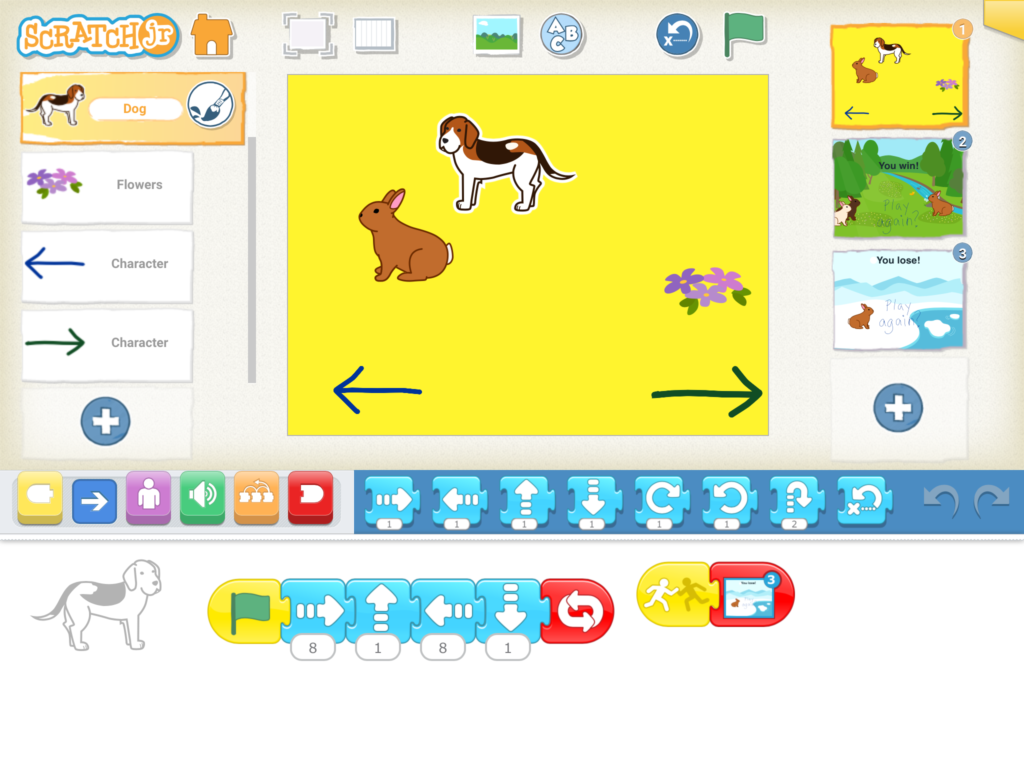
The ScratchJr coding environment is user-friendly for young students, but still offers the opportunity to learn computational thinking.
Pondering this question, I realized that my first and second-grade students have great confidence when it comes to coding. It is my third through fifth-grade students who are more likely to struggle.
With my Why question in my mind, I began to ask What If. During this time of creative, wide open questioning, I asked What If questions to help me consider possibilities for change (Berger, 2016).
- What if I let my older students start with ScratchJr (typically only first and second graders use ScratchJr)?
- What if I made time for Hour of Code or other warm-up activities before starting on our unit together?
- What if I ran an after-school coding club?
- What if I work more closely with the media specialist to coordinate coding lessons?
How?
Asking How is about focusing on making progress toward a solution, about deciding which ideas to pursue (Berger, 2016). One of the great conundrums of my schedule is that I never seem to have enough time.
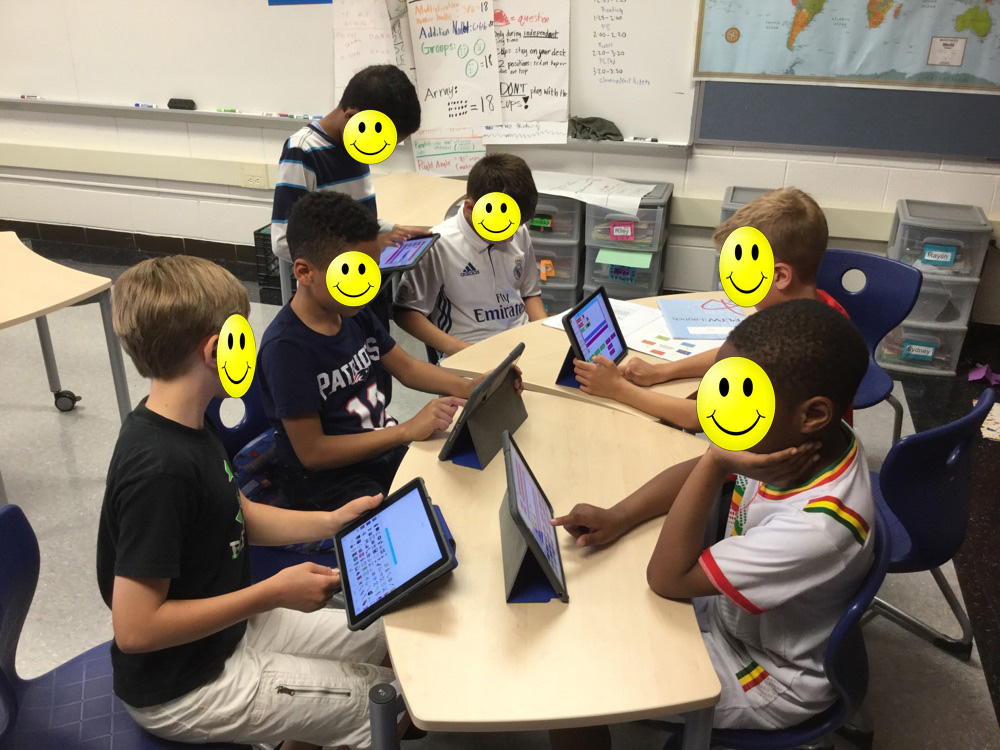 |
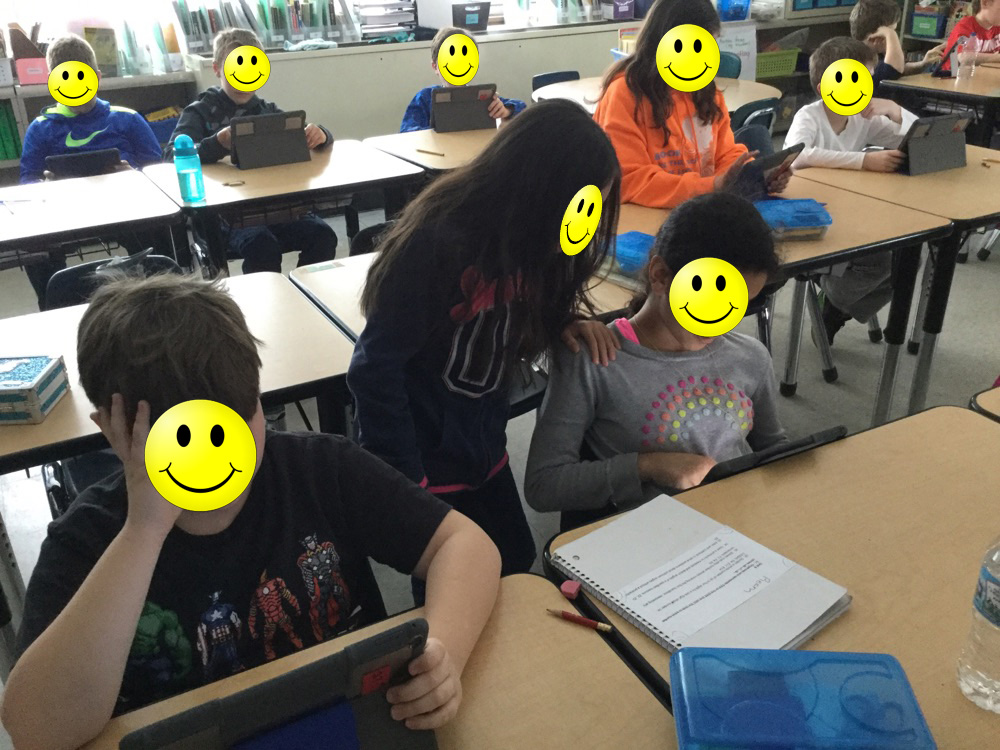 |
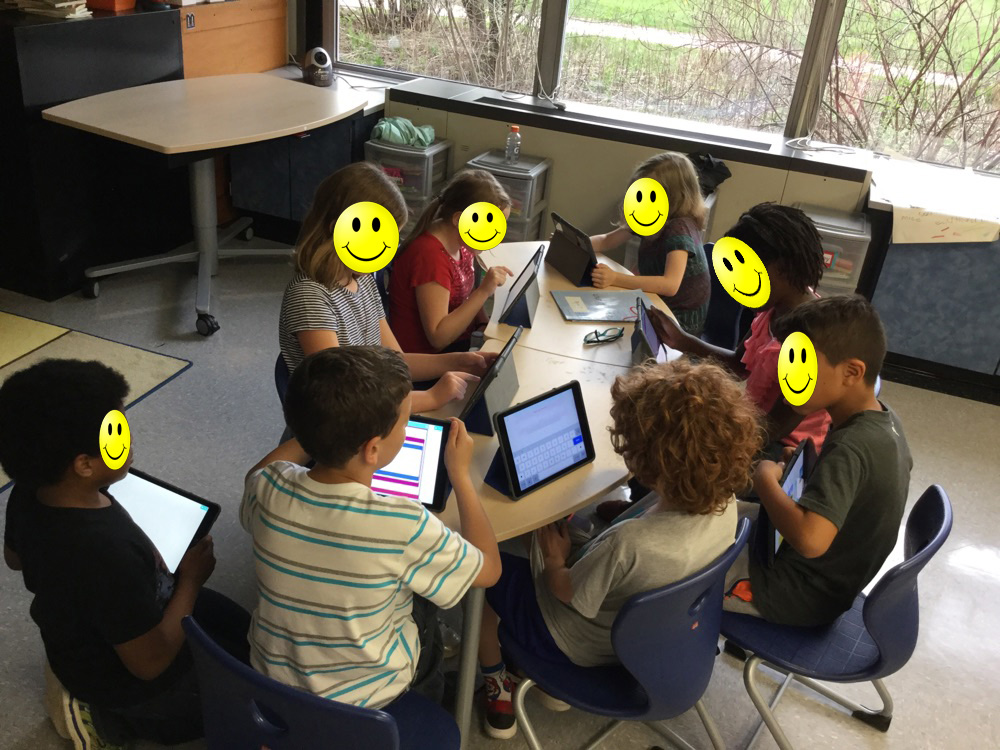 |
I co-teach, pushing materials into each classroom, typically for a couple of weeks at a time. When I’m in a class I have so much to do to complete a module. Also, I don’t want to waste any of the classroom teacher’s time. Therefore, I carefully avoid straying from my lesson plans. The problem is that some of my students simply need more. So I asked How…
- How can I find time to let some students practice coding more outside of class?
- After school
- During lunch
- On my prep hour
- During other periods in the school day with a PLTW iPad
- During other periods in the school day using another device
This practice could be with ScratchJr or with the app they’ll use during PLTW. It could even be a different app, as long as they get the opportunity to practice the computational thinking they need to improve their coding skills and gain confidence.
Next Steps
Prior to completing this assignment, I had vaguely considered this issue in the past but hadn’t gotten much past that. By taking the time to do this questioning process, I feel like I’ve taken my first steps toward solving a complex problem in my practice. My next step will be to talk to my classroom teachers to figure out how we can work together on behalf of our students.
References
Berger, W. (2016). A more beautiful question: The power of inquiry to spark breakthrough ideas. New York: Bloomsbury.
Johnson, L., Becker, S. A., Estrada, V., & Freeman, A. (2015). NMC horizon report: 2015 K-12 edition. Austin, TX: The New Media Consortium.
Images
All images in this blog post were created by Sarah Van Loo.